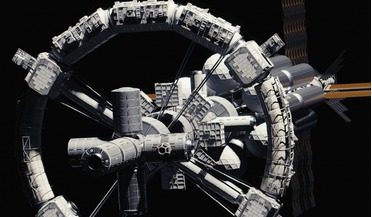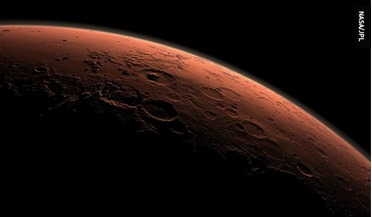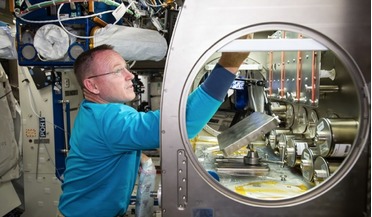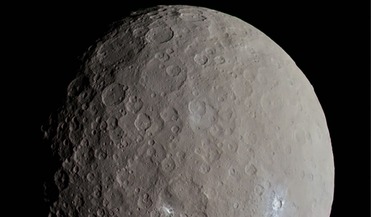 February 2020
Investigation of the Coriolis effect in rotating space platforms
February 2020
Investigation of the Coriolis effect in rotating space platforms
... the human vestibular system, adapted to our life on Earth responds to the rotational environment needed for sustained artificial gravity, and in particular the role of the semi-circular canals (SCC). A problem that can arise in such an environment...
 February 2019
The challenge of procreation for future off-world settlers
February 2019
The challenge of procreation for future off-world settlers
...child development would make it impossible to safely raise children without some kind of artificial gravity. Artificial gravity Children of colonists raised in partial gravity would almost certainly have longer, thinner bones and may be significantly...
 June 2022
Protecting crews in interplanetary ships and space colonies from the space environment
June 2022
Protecting crews in interplanetary ships and space colonies from the space environment
... due to static electricity Figure 3. ‘Testudo packages with artificial gravity’ shows a bundle of tethers of a package of ships untwisted to create artificial gravity. The force of artificial gravity can be chosen to equal that of Earth or Mars. The...
 May 2021
Visions of beating gravity
May 2021
Visions of beating gravity
... I want to bring people, organisations and companies together to create space colonies with both weightlessness and artificial gravity My mission is clear. I want to bring people, organisations and companies into contact with each other to continue...
 January 2017
Mini space station for mice to study effects of reproduction in reduced gravity
January 2017
Mini space station for mice to study effects of reproduction in reduced gravity
... must be set to avoid neuro-vestibular and sensorimotor issues often associated with artificial gravity (i.e., Coriolis effect). However, large artificial gravity systems are often untenable for long duration missions with limited launches. Therefore...
 November 2021
Megasatellite habitat at Ceres
November 2021
Megasatellite habitat at Ceres
... which is part of the spinning habitat needs a mechanically strong floor to support it against the centrifugal force (the artificial gravity), but this only requires pull-strength, not compressive-strength. The baseline choice for the tensile...